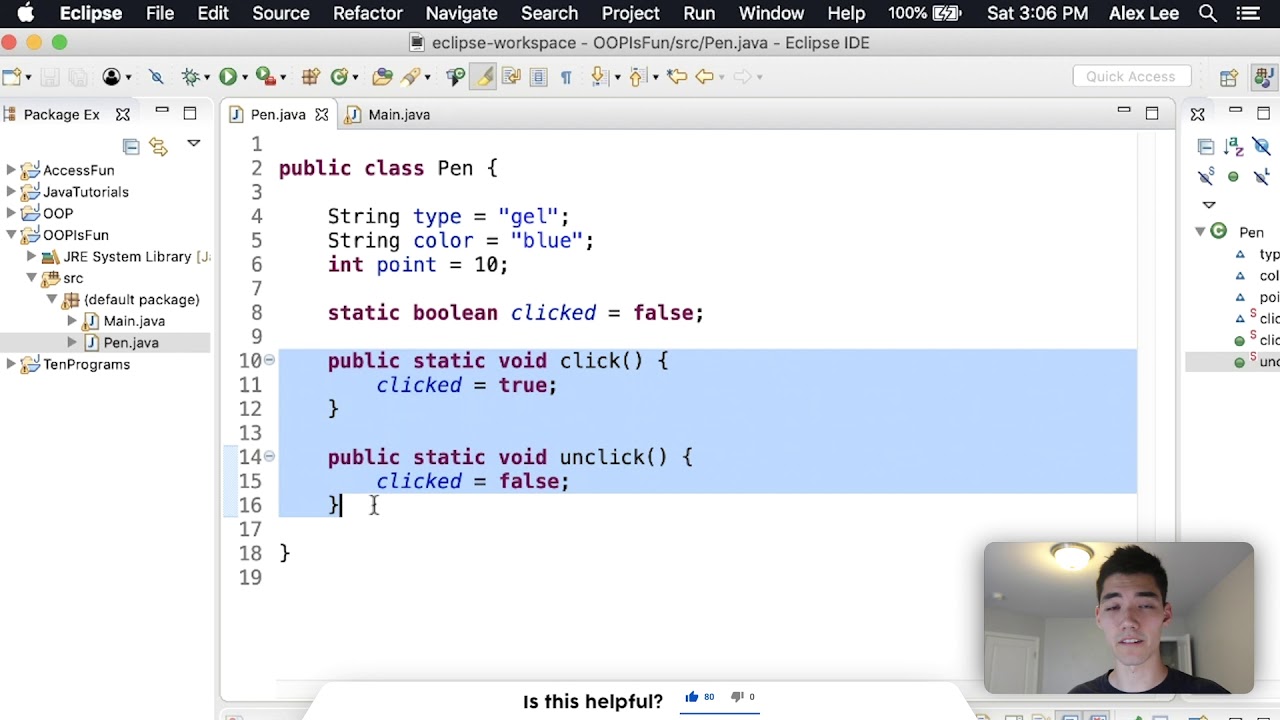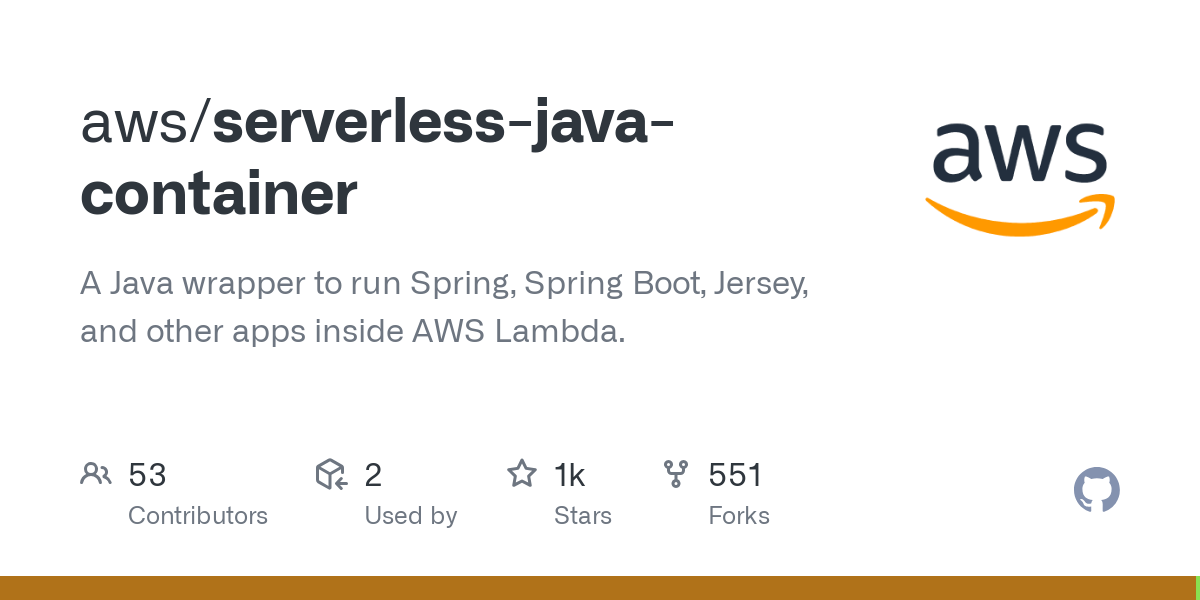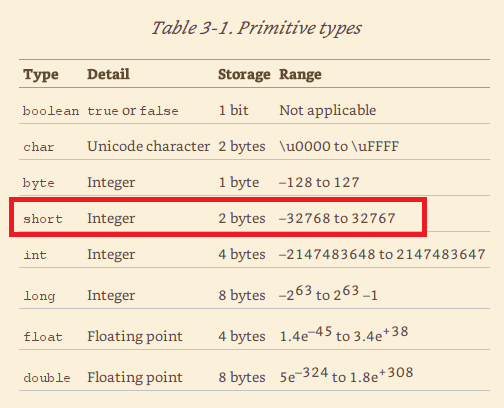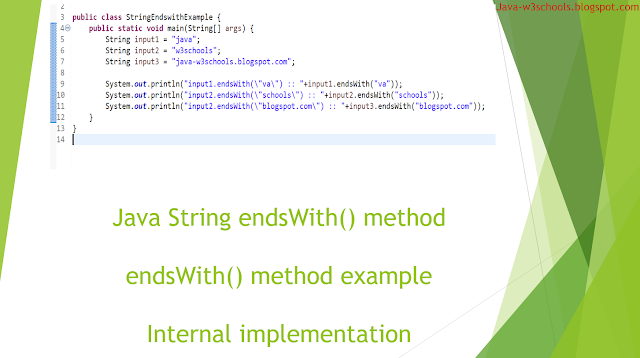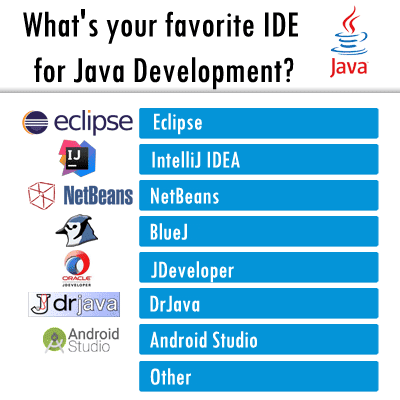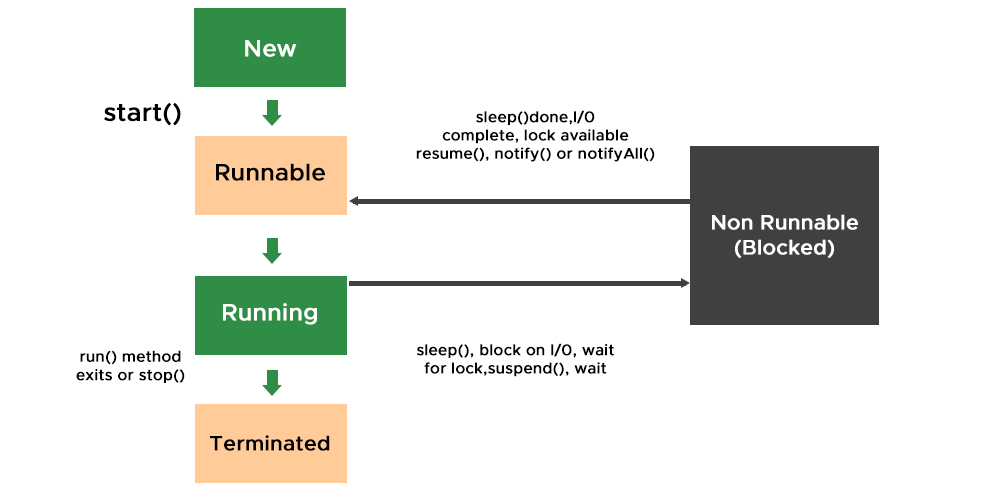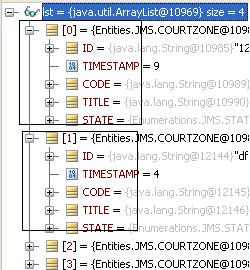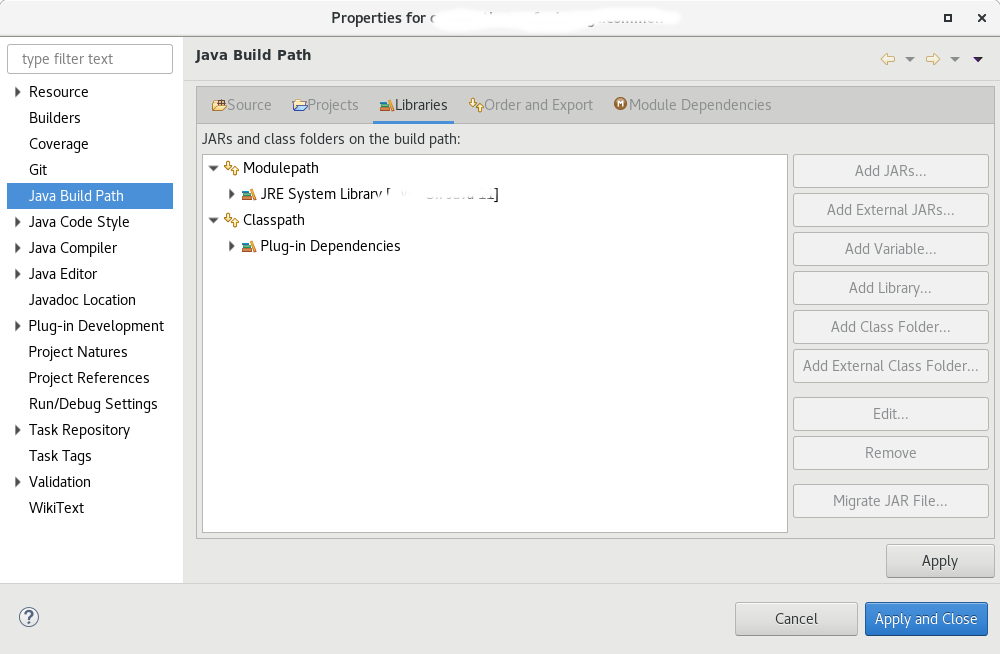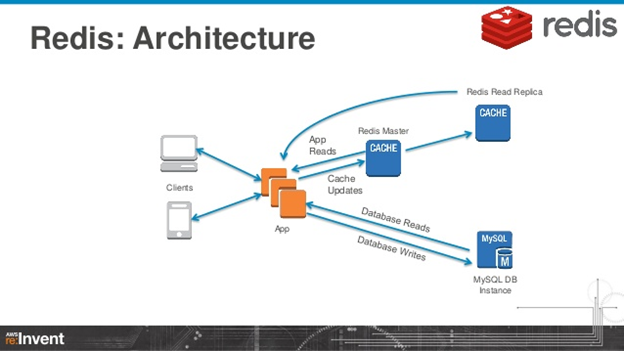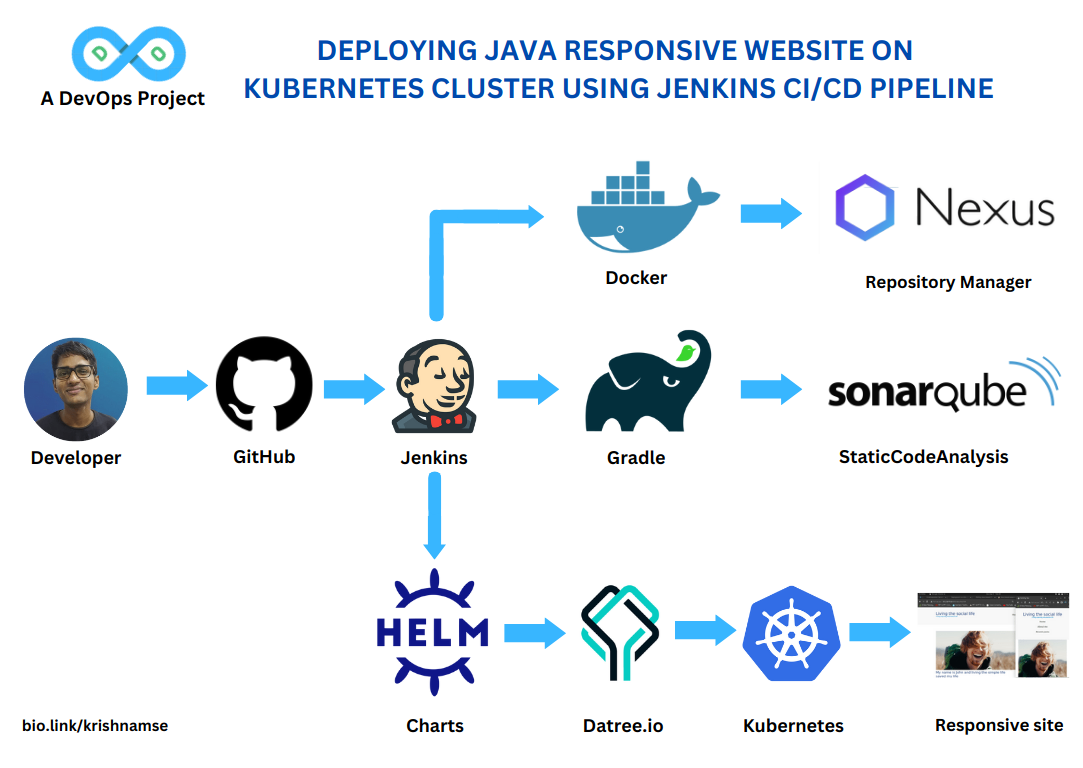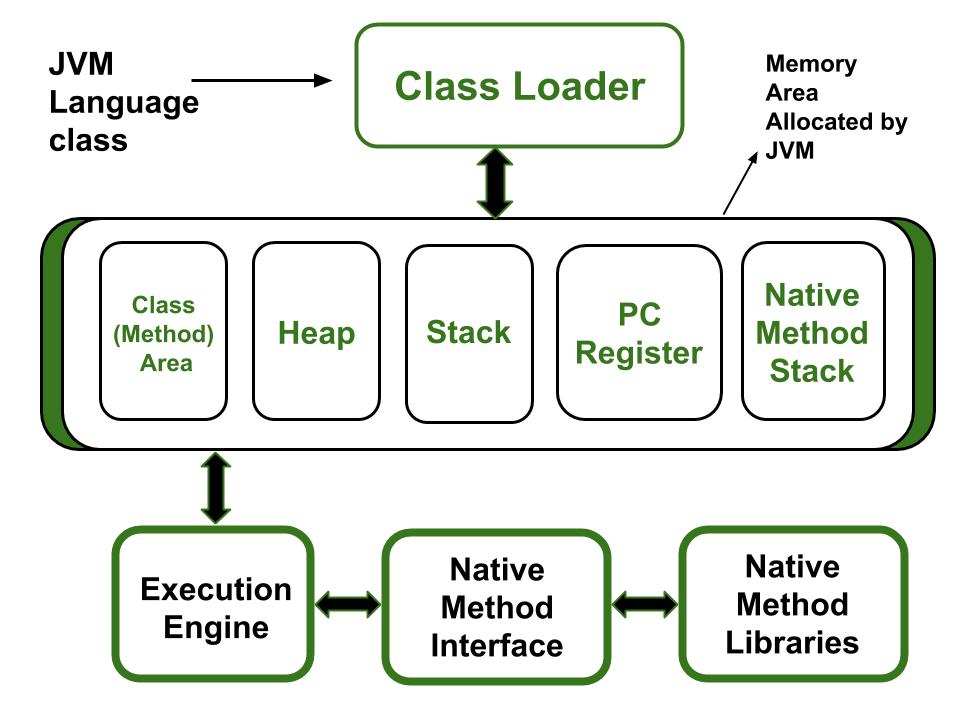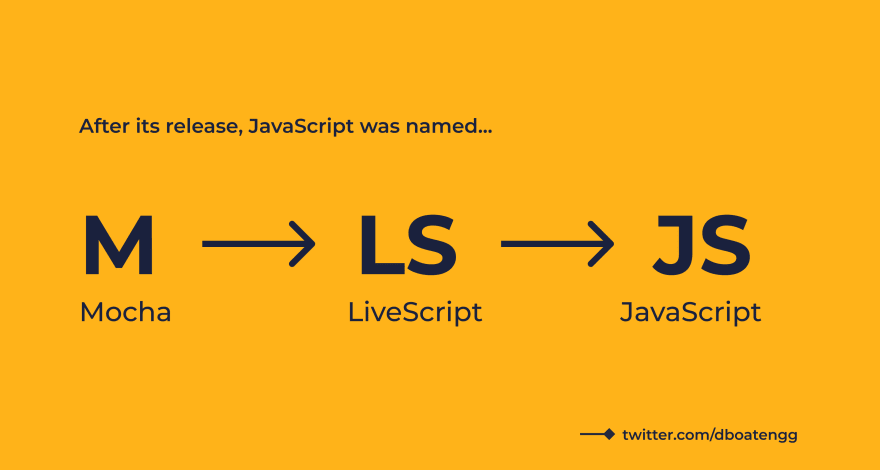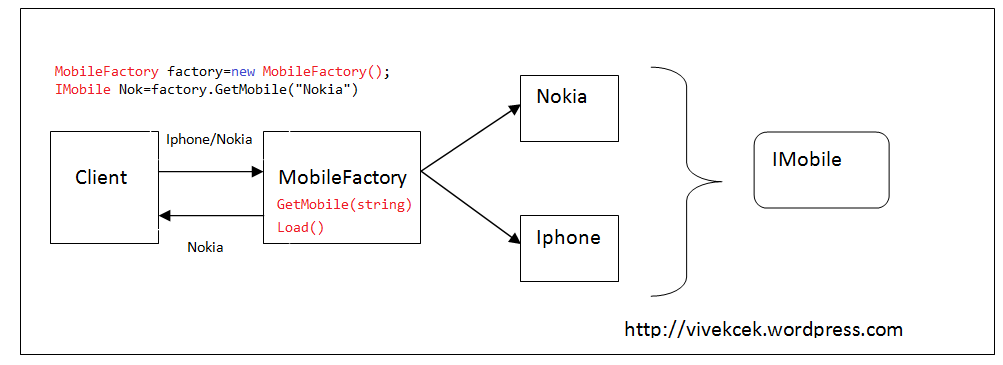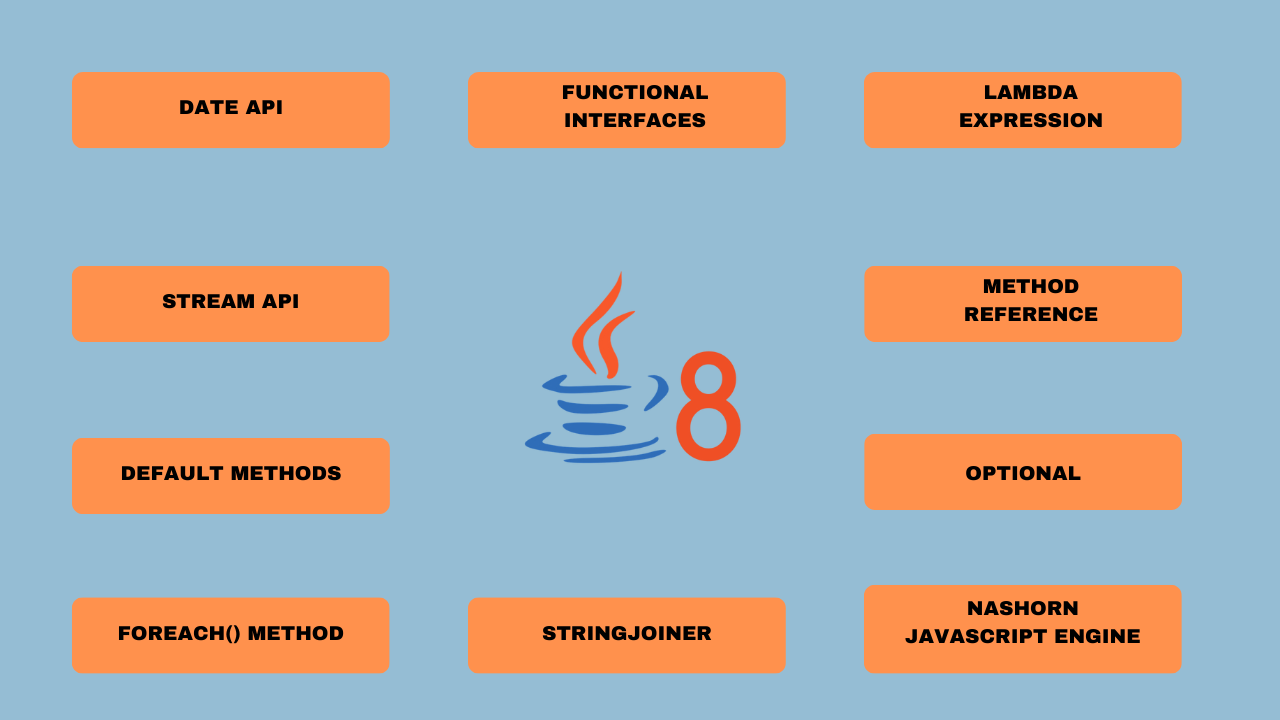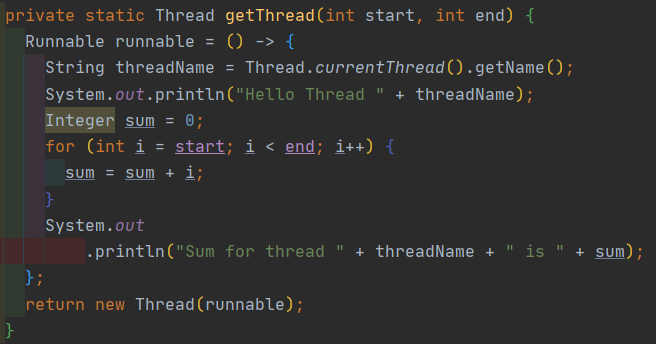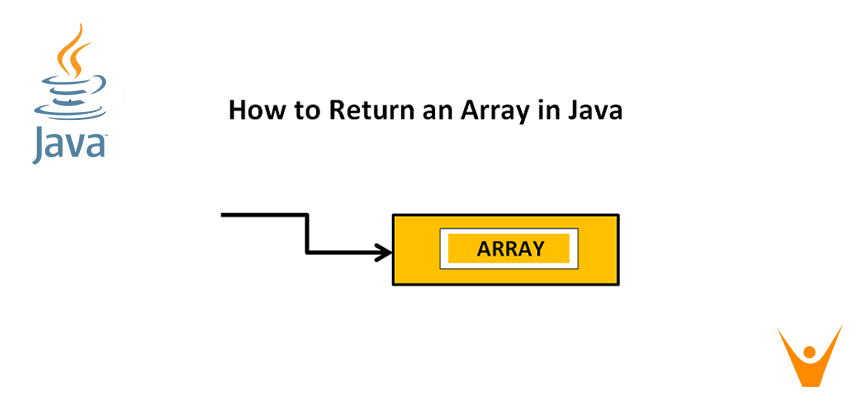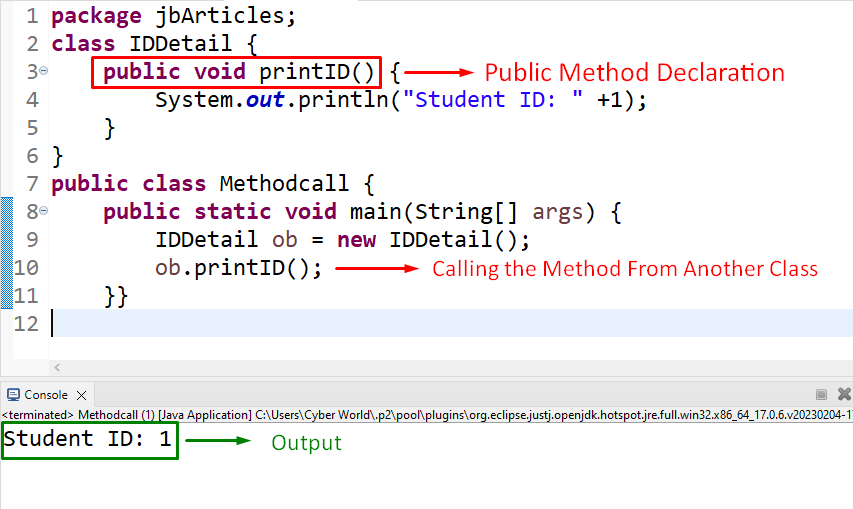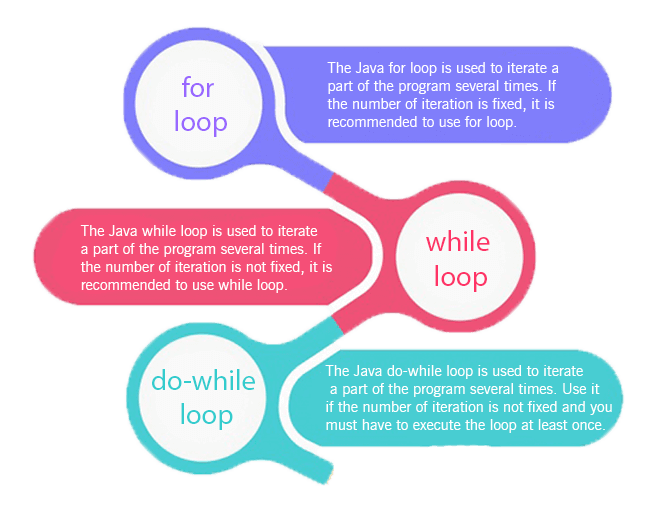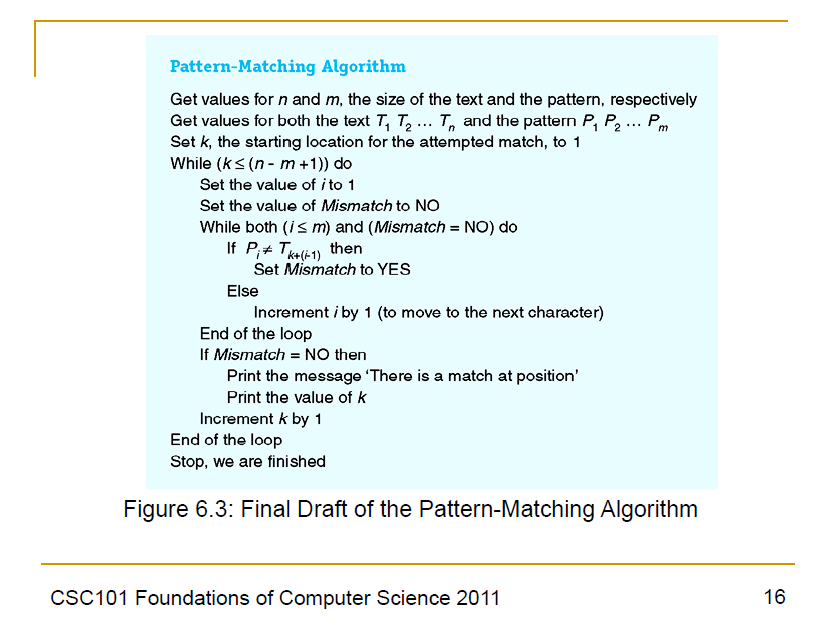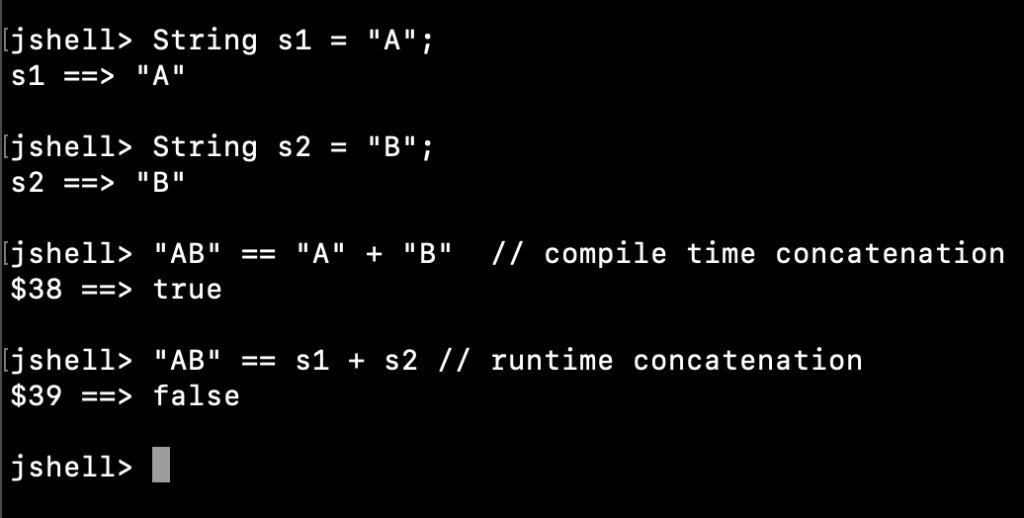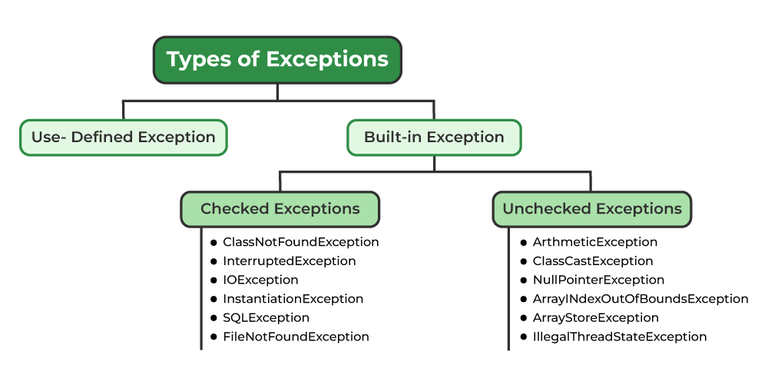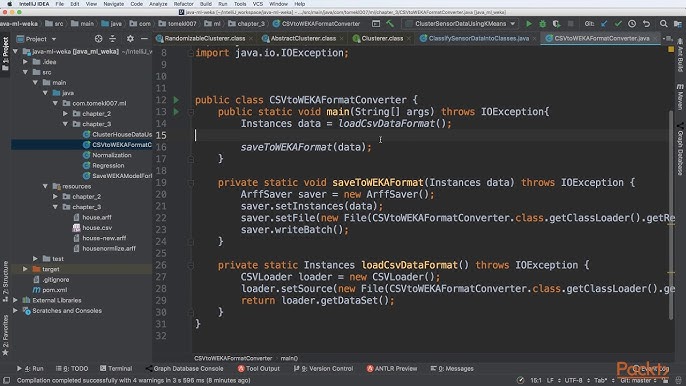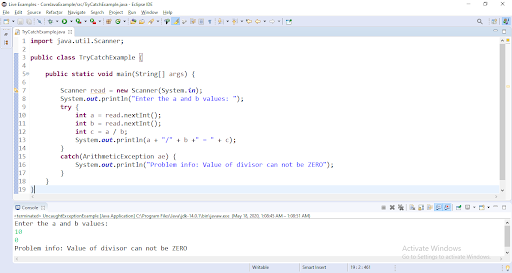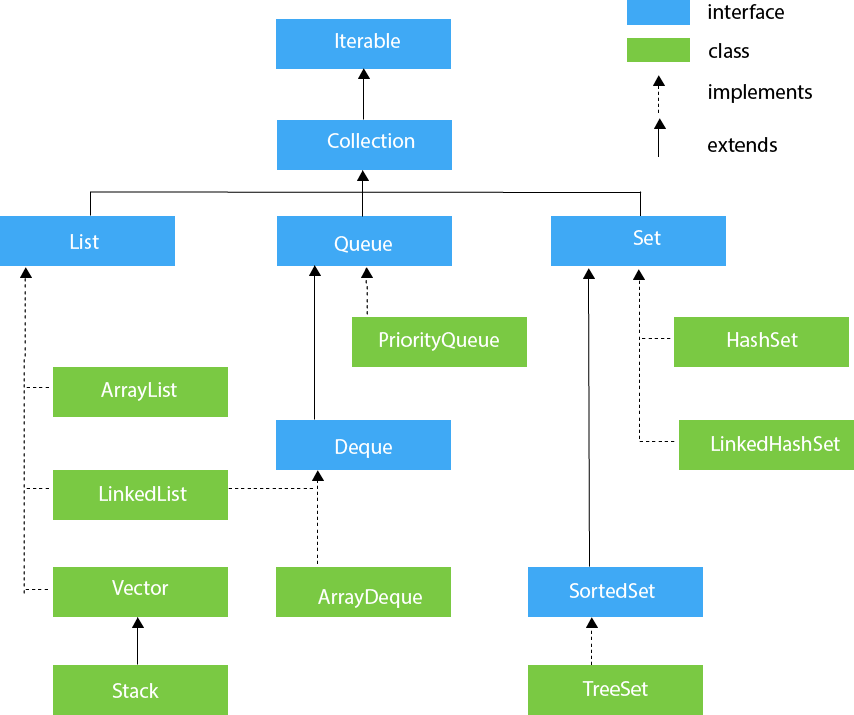What is a Java factory?
What is a Java factory?

I'd be happy to explain what a Java factory is.
In software development, particularly in object-oriented programming (OOP) and design patterns, a factory is a creational pattern that provides an interface for creating instances of its dependent classes without specifying the exact class of object needed. This allows for decoupling the client code from the concrete implementations, providing flexibility and extensibility to the system.
In Java specifically, a factory is typically implemented as a static method within a class, which is responsible for creating objects of a specific type or family of types. The purpose of a factory is to encapsulate the logic for creating these objects, allowing clients to request instances without knowing the details of their construction.
Here are some key characteristics of a Java factory:
Abstraction: A factory provides an abstraction layer between the client code and the concrete object creation process. Decoupling: By separating the creation process from the client code, a factory decouples the two, making it easier to change or replace the underlying implementation without affecting the clients. Polymorphism: Factories often work with polymorphic objects, where multiple subclasses inherit from a common base class. Creation logic: The factory contains the logic for creating instances of specific classes or families of classes.In Java, factories can be implemented using various design patterns, such as:
Simple Factory Pattern: A simple factory creates instances of a single concrete class. Abstract Factory Pattern: An abstract factory provides an interface for creating families of related objects. Factory Method Pattern: A factory method pattern uses inheritance to create instances of subclasses.To illustrate this concept, consider a system that manages different types of vehicles (e.g., cars, trucks, motorcycles). You might have a VehicleFactory class responsible for creating these various vehicle instances:
public interface Vehicle {void move();
}
public class Car implements Vehicle {
@Override
public void move() {
System.out.println("The car is moving.");
}
}
public class Truck implements Vehicle {
@Override
public void move() {
System.out.println("The truck is moving.");
}
}
public class Motorcycle implements Vehicle {
@Override
public void move() {
System.out.println("The motorcycle is moving.");
}
}
public class VehicleFactory {
public static Vehicle createVehicle(String type) {
if (type.equalsIgnoreCase("car")) {
return new Car();
} else if (type.equalsIgnoreCase("truck")) {
return new Truck();
} else if (type.equalsIgnoreCase("motorcycle")) {
return new Motorcycle();
}
// default or error handling
}
}
In this example, the VehicleFactory class provides a simple factory that creates instances of specific vehicle classes based on the input type. The client code can then request an instance of a particular vehicle without knowing the details of its construction:
public class Main {public static void main(String[] args) {
Vehicle car = VehicleFactory.createVehicle("car");
car.move(); // prints "The car is moving."
Vehicle truck = VehicleFactory.createVehicle("truck");
truck.move(); // prints "The truck is moving."
}
}
In conclusion, a Java factory provides a powerful mechanism for decoupling the creation of objects from their usage, allowing for flexibility and extensibility in software systems.
What is the factory strategy pattern in Java?

The Factory Strategy pattern is a creational design pattern that allows you to create objects without specifying their concrete classes, allowing for greater flexibility and polymorphism.
In traditional object-oriented programming (OOP) approaches, when creating an instance of a class, the specific type of class needs to be specified explicitly. However, in scenarios where you have multiple related classes that share common functionality or interfaces, this approach can lead to code duplication, tight coupling, and maintenance headaches.
The Factory Strategy pattern helps address these issues by introducing an abstract factory interface and concrete factory implementations for each specific type of object. This allows clients to request instances of objects without knowing the exact class being created, making it easier to add new classes or change existing ones without affecting client code.
In Java, you can implement the Factory Strategy pattern using abstract classes, interfaces, and concrete classes. The general steps are:
Abstract Factory: Define an abstract factory interface that declares a method for creating objects (e.g.,createProduct()) and specifies the common functionality or interface shared by all related classes. Concrete Factories: Implement one or more concrete factory classes that extend the abstract factory and provide specific implementations for each type of object (e.g., ConcreteFactoryA creates instances of class A, while ConcreteFactoryB creates instances of class B). Product Interfaces: Define interfaces for the products being created, specifying the common functionality or methods shared by all related classes. Concrete Products: Implement one or more concrete product classes that implement the product interface (e.g., ClassA implements ProductInterface, while ClassB implements it as well).
Here's a simple example in Java:
// Abstract Factory: ProductFactorypublic abstract class ProductFactory {
public abstract Product createProduct();
}
// Concrete Factory: ClassAFactory
public class ClassAFactory extends ProductFactory {
@Override
public Product createProduct() {
return new ClassA();
}
}
// Concrete Factory: ClassBFactory
public class ClassBFactory extends ProductFactory {
@Override
public Product createProduct() {
return new ClassB();
}
}
// Product Interface: Product
public interface Product {
void doSomething();
}
// Concrete Products: ClassA, ClassB
public class ClassA implements Product {
@Override
public void doSomething() {
System.out.println("Class A does something.");
}
}
public class ClassB implements Product {
@Override
public void doSomething() {
System.out.println("Class B does something.");
}
}
// Client code
public class Client {
public static void main(String[] args) {
// Create a product using the ClassA factory
ProductFactory factory = new ClassAFactory();
Product product = factory.createProduct();
product.doSomething();
// Create another product using the ClassB factory
factory = new ClassBFactory();
product = factory.createProduct();
product.doSomething();
}
}
In this example, ProductFactory is the abstract factory interface, while ClassAFactory and ClassBFactory are concrete factories that extend it. The Product interface represents the common functionality shared by all related products (in this case, classes A and B). The client code uses the factories to request instances of the products without knowing the specific class being created.
By decoupling clients from concrete product classes through the use of abstract factories, you can achieve greater flexibility in your design, making it easier to add new products or change existing ones without affecting client code.
